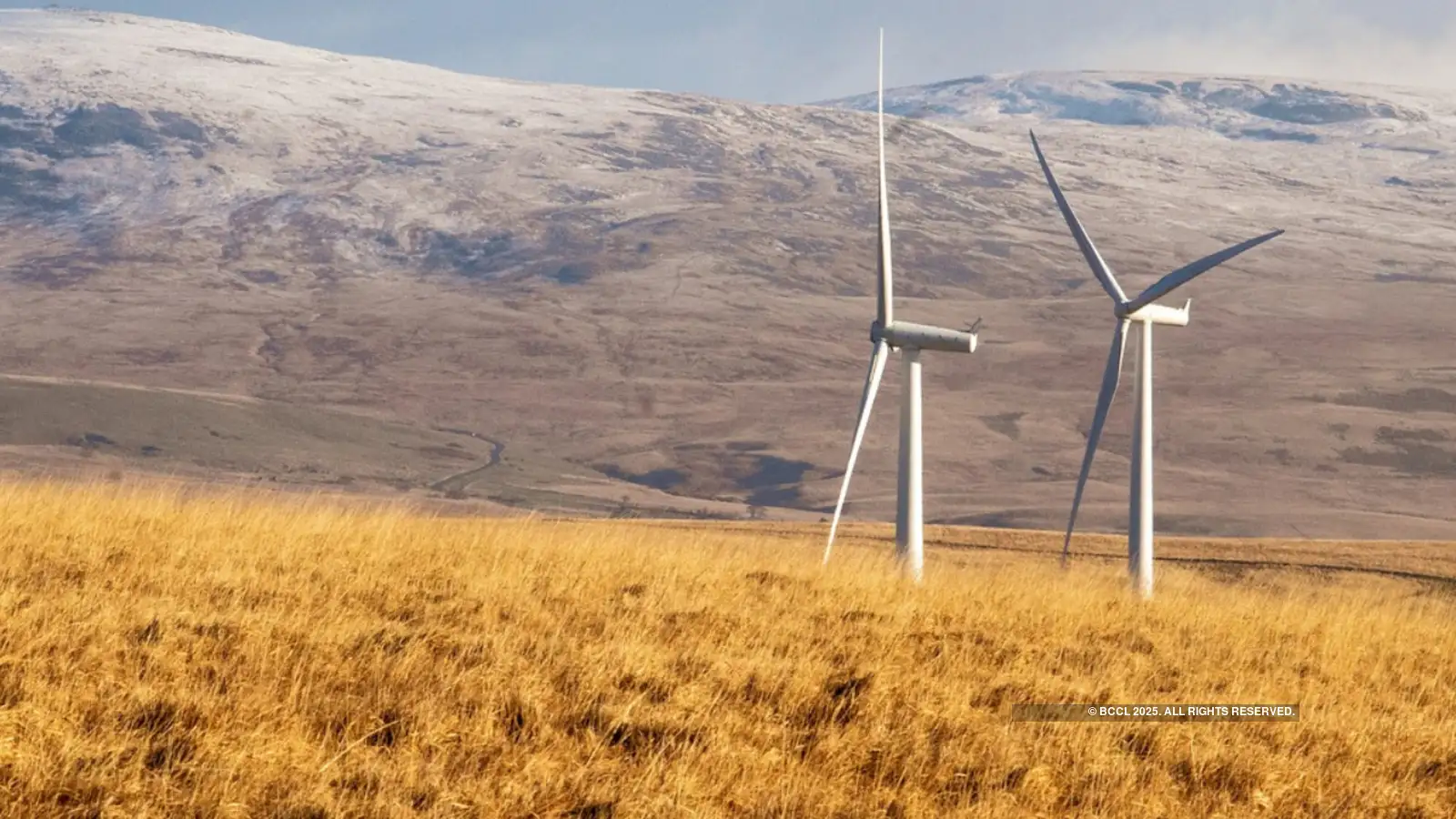India Emerges as a Leader in Wind Energy as Part of Atma Nirbhar Bharat Initiative

On Global Wind Day 2025, Union Minister for New and Renewable Energy Pralhad Joshi emphasized the vital role of wind energy in India’s clean energy initiatives and its ambition to emerge as a global manufacturing hub. Speaking at a stakeholder meeting in Bengaluru, he highlighted the necessity for reliable energy sources, including wind and solar, to support this vision. Joshi noted that wind energy is not merely a component of India’s renewable strategy but is central to the country’s self-reliance goals under the Atma Nirbhar Bharat initiative.
Significant Growth in Wind Energy Capacity
India has made remarkable strides in wind energy, achieving a capacity of 51.5 gigawatts (GW), which represents a 150% increase over the past decade. This growth positions India as the fourth-largest country globally in installed wind power capacity and the third-largest renewable energy producer overall. The government has set an ambitious target of reaching 100 GW of wind energy by 2030, with plans for 30 GW to come from offshore projects. Joshi attributed this progress to strong policy reforms and a robust manufacturing ecosystem that supports the wind energy sector.
The minister outlined the clear goals set by the Indian government, which include generating 50% of the country’s power from non-fossil fuel sources by 2030 and achieving net-zero emissions by 2070. He reiterated that wind energy is not just an element of the renewable energy strategy but is fundamental to achieving these targets. To realize these ambitions, the sector must address several challenges, including integrating wind energy with solar and storage solutions, reducing current tariffs, and enhancing manufacturing efficiency to compete on a global scale.
Focus Areas for Future Development
To unlock the full potential of the wind sector, Joshi identified five key focus areas. These include expanding wind energy initiatives into new states such as Madhya Pradesh, Telangana, and Odisha, and launching the offshore wind sector with leasing areas in Gujarat and Tamil Nadu. Additionally, he emphasized the need for integrating wind energy with storage systems to ensure a consistent power supply, modernizing the grid through AI-based forecasting, and strengthening local manufacturing across the wind value chain.
Joshi also unveiled two significant reports: the Wind Energy Roadmap and the Manufacturing Roadmap. These documents are intended to serve as frameworks for India’s clean energy journey, reflecting the government’s strategic vision and commitment to building a robust and self-reliant wind ecosystem.
Recognition of Top-Performing States
During the event, the minister recognized the top-performing states in wind capacity addition, with Karnataka leading at 1,331.48 MW, followed by Tamil Nadu at 1,136.37 MW and Gujarat at 954.76 MW. Union Minister of State for New and Renewable Energy, Shripad Yesso Naik, and Karnataka’s Energy Minister, KG George, were also present to acknowledge these achievements.
India’s wind energy ambitions align closely with its global climate commitments, including the five-point ‘Panchamrit’ pledge made at COP26 in Glasgow. This pledge aims to achieve 500 GW of non-fossil capacity, reduce emissions by 1 billion tonnes, and decrease emissions intensity by 45% by 2030. The government’s ongoing efforts in the wind energy sector are crucial for meeting these commitments and advancing towards a sustainable energy future.
Observer Voice is the one stop site for National, International news, Sports, Editor’s Choice, Art/culture contents, Quotes and much more. We also cover historical contents. Historical contents includes World History, Indian History, and what happened today. The website also covers Entertainment across the India and World.

